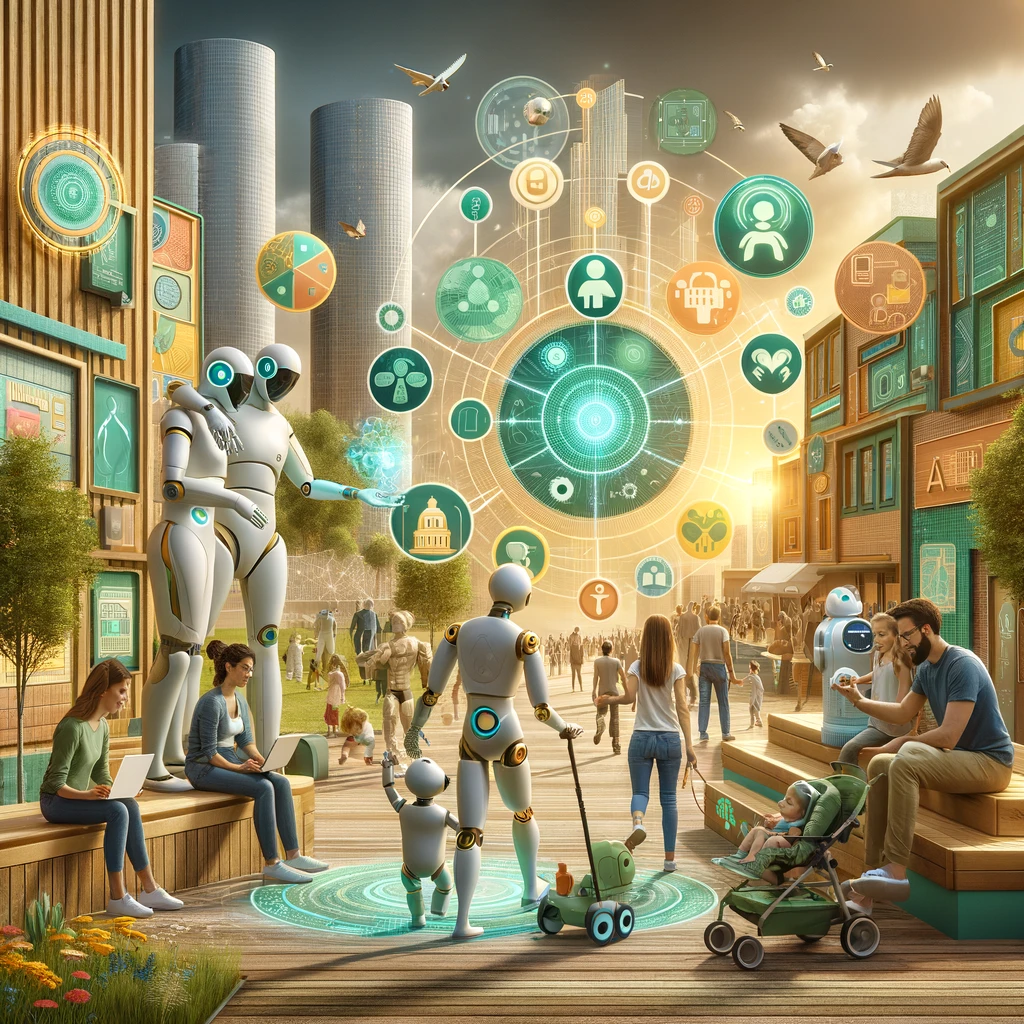March 2024 marks a pivotal moment in the evolution of technology, as we witness a groundbreaking shift in how humans interact with machines. The fields of Human-Computer Interaction (HCI) and User Experience (UX) are at the heart of this transformation, reshaping our digital world into a more intuitive, engaging, and accessible space. This dynamic evolution is not just changing the landscape of technology; it’s redefining the essence of our daily lives.
Bridging Worlds: The Essence of HCI and UX
In the vast expanse of digital innovation, HCI and UX stand as critical bridges between human intuition and technological advancement. These disciplines focus on designing systems that are not only efficient and functional but also delightful and easy to use. They delve into the psychology of human interaction, ensuring that technology complements natural human behavior, enhancing the overall experience.
The Evolution of Interaction
Gone are the days when interaction with technology was limited to cumbersome keyboards and clunky interfaces. Today, we’re stepping into an era where voice commands, touch gestures, and even eye movements can control the digital world around us. This leap forward is largely thanks to advancements in HCI and UX, which have pushed the boundaries of what’s possible, making technology more accessible to everyone, regardless of age, background, or ability.
Designing for the Future
The impact of HCI and UX extends beyond mere convenience; it’s about creating a more inclusive and democratic digital society. Designers and developers are now tasked with the challenge of anticipating the needs of a diverse user base, ensuring that technology serves as a tool for empowerment rather than a barrier. This includes everything from designing accessible websites for users with disabilities to creating intuitive applications that can be used across different cultures and languages.
The Role of Artificial Intelligence
Artificial Intelligence (AI) plays a pivotal role in the future of HCI and UX, offering personalized experiences that adapt to individual users’ needs and preferences. By harnessing the power of AI, designers can create systems that learn from interactions, making each experience more intuitive and effective than the last. This symbiotic relationship between AI and HCI/UX is paving the way for a future where technology feels like a natural extension of the human experience.
Navigating Challenges and Embracing Opportunities
As we venture further into this exciting frontier, challenges such as privacy concerns, ethical considerations, and the digital divide come to the forefront. Addressing these issues requires a collaborative effort from technologists, designers, ethicists, and policymakers to ensure that advancements in HCI and UX lead to a future that benefits all humanity.
A Call to Action
The revolution in HCI and UX is not just a testament to human ingenuity; it’s a call to action for innovators, designers, and thinkers to continue pushing the boundaries of what’s possible. As we look to the future, let’s embrace the principles of HCI and UX to create a digital world that is more human, more intuitive, and more inclusive.
March 2024 is not just another date on the calendar; it’s a milestone in the journey toward a future where technology and humanity converge seamlessly. In this new era, HCI and UX are not just about making technology easier to use; they’re about making life better, one interaction at a time.
#HumanTechFrontier #RevolutionizingHCI #InnovativeUX #TechInteraction #FutureOfHCI #ENAVC


